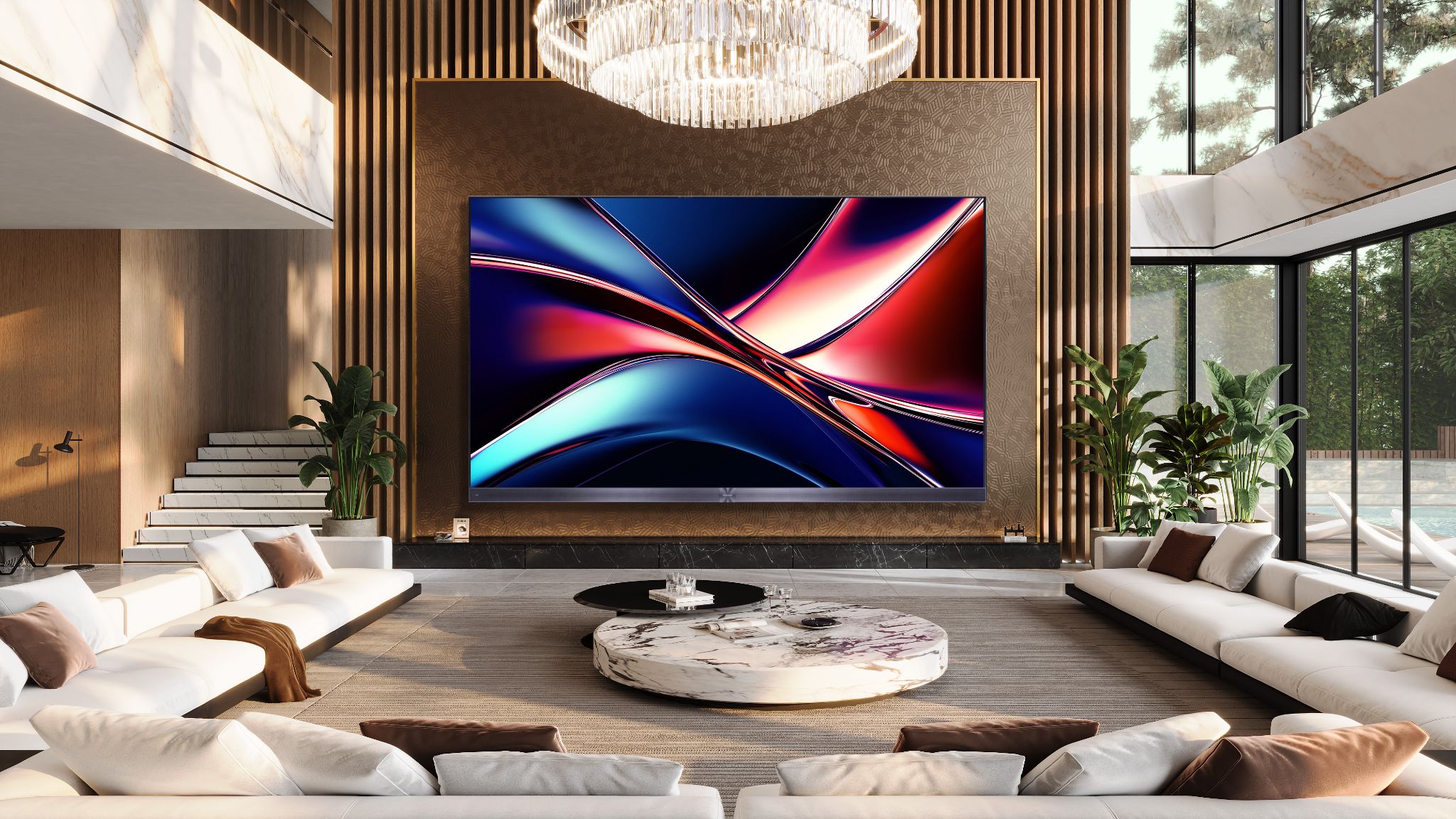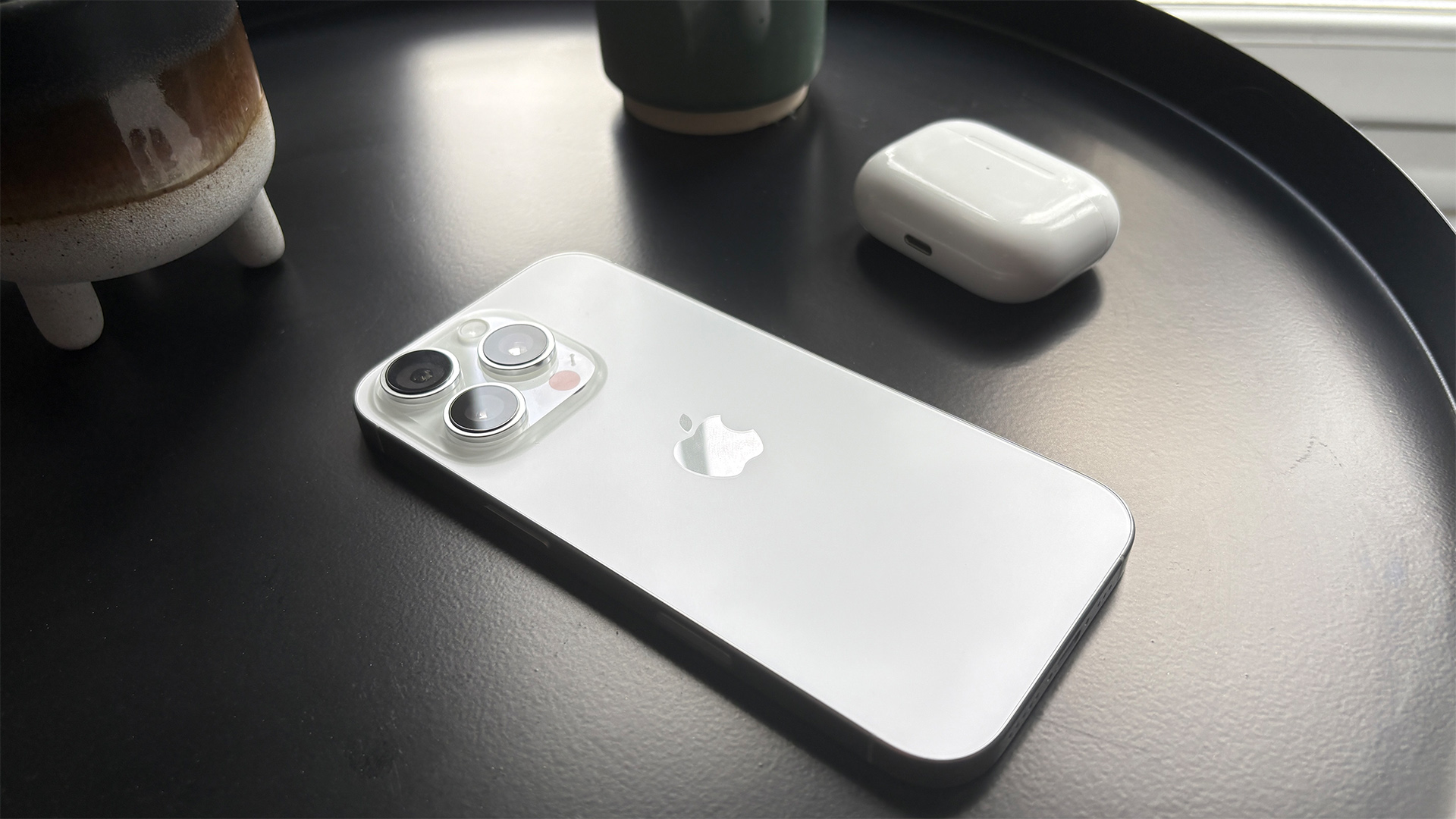Two huge Micro LED TVs launched at CES 2025 – could OLED finally get a proper rival?
Big name brands are changing how they talk about Micro LED – but we’re still waiting on a key detail

The Consumer Electronics Show (CES 2025) always brings with it a wealth of new TVs, ranging from premium OLEDs to whacky concepts designed to show off the potential future of home cinema.
This year has been no different, with numerous companies showcasing cutting edge, next-generation Micro LED TVs. These have included everything from yet more see-through displays using the panel technology, to smart mirrors and 3D screens that can actually flex, and change their shape.
But in this sea of concepts two Micro LED TVs unveiled at the show caught my attention in particular. Specifically the Hisense 136MX MicroLED TV and Samsung RGB MICRO LED TV.
Why these two in particular you ask? Because unlike the sea of wacky folding, rolling and see-through concepts both are designed to work as “actual” TVs that could be used in a regular home.
Starting with the Hisense. The 136MX is being marketed by Hisense as “the world’s first ever consumer-ready” Micro LED TV. By that it means the first that’s been designed with all the hardware, software and general features you’d need to use it as an actual TV.
On paper there’s a lot of truth to that claim. While its 136-inch panel may be a bit on the large size for most normally sized lounges, the TV comes with VIDAA OS (the same software used on its European TVs), HDMI 2.1 and eARC connectivity and a Hi-View AI Engine X chipset.
The latter means it supports common HDR standards, including Dolby Vision and HDR10+ and there's even a Filmmaker Mode included – which is a boon for those of use who want an “as the director intended” viewing experience. So all in all, it looks like one of Hisense's regular flagship TVs, outside of its use of a Micro LED rather than Mini LED panel.
Get the What Hi-Fi? Newsletter
The latest hi-fi, home cinema and tech news, reviews, buying advice and deals, direct to your inbox.
Hisense also confirmed it will be revealing pricing and availability for the set later this year, so you should be able to actually buy it.

The RGB MICRO LED TV follows a similar approach, with Samsung's Korean engineers describing it as the first “normal LCD to feature a Micro LED backlight”. That means it's a slightly different technology to past Micro LED displays we've seen.
Sadly the company has been less forthcoming with the TV’s specifications. All we know about the demo unit at the show is that it has an RGB Micro LED backlight behind the VA LCD panel that aims to improve picture performance by offering full colour local dimming.
The backlight is atypical as it produces red, blue and green light separately through a series of LEDs set behind the main panel – most normal panels just use a blue backlight. Samsung claims this will radically improve colour reproduction and vibrancy.
Samsung has confirmed it does have plans to launch a 98-inch 8K TV that will sit above its QN900F and QN990F (which also debuted at CES) with the screen tech, that you can actually buy.
On the one hand this isn't "new", as Samsung has sold extremely expensive Micro LED displays for a while. But these two in particular caught my eye due a shift in messaging from both Hisense and Samsung. Rather than talking about “next generation” and Micro LED’s potential, both had an overt goal to sell the new sets as “ready” for normal consumers.
While the truth of that claim will largely be determined by the sets’ price, which will definitely still be high, even compared to flagship OLED levels, the shift is interesting. Even a couple of years ago most companies were open about Micro LED being a long way off consumer release.
This is especially exciting as numerous companies have long sold Micro LED as a rival, or even successor to OLED as the top-dog panel tech for cinephiles and serious movie fans.
You can get a detailed breakdown of how it works in our “what is Micro LED?” guide, but the short version is rather than a full backlight of individual organic emitting diodes, it creates pictures by individually charging non-organic LEDs.
These are usually set in a three-per-pixel arrangement and offer much more granular control of the panel enabling a TV to display completely different colours next to one and in theory offer perfect contrast and colour control.
If any set delivers on these promises it could lead to a serious bump in picture quality, even compared to OLED. Which is why I find the latest Hisense and Samsung sets far more interesting than any of the gimmicky concept displays doing the rounds at CES 2025.
MORE:
These are the best OLED TVs money can buy
We rate the best Mini LED TVs
Our picks of the best 65-inch TVs

Alastair is What Hi-Fi?’s editor in chief. He has well over a decade’s experience as a journalist working in both B2C and B2B press. During this time he’s covered everything from the launch of the first Amazon Echo to government cyber security policy. Prior to joining What Hi-Fi? he served as Trusted Reviews’ editor-in-chief. Outside of tech, he has a Masters from King’s College London in Ethics and the Philosophy of Religion, is an enthusiastic, but untalented, guitar player and runs a webcomic in his spare time.
